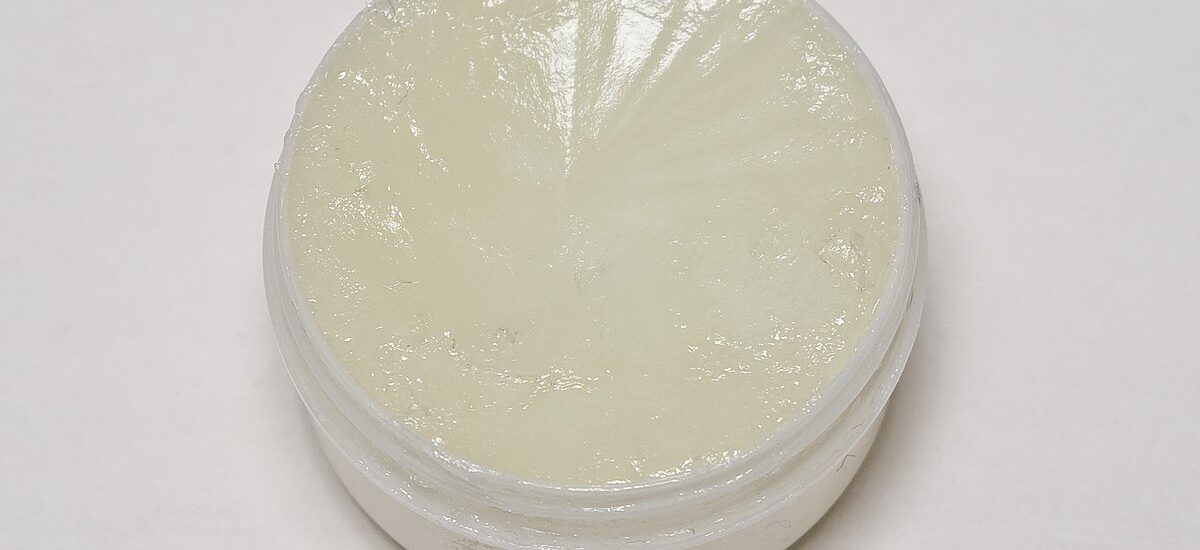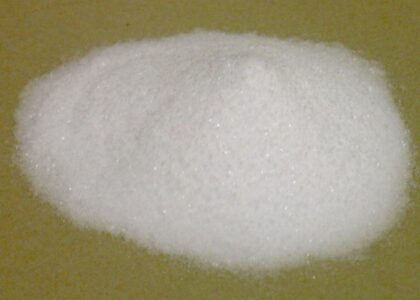According to Future Market Insights (FMI), the petroleum jelly market will grow by 3.8% annually in 2022, reaching a value of about US$ 463.8 Mn by the end of the year. Between the years 2022 and 2030, a 4.2% growth rate in the global economy is predicted.
In use for several decades, petroleum jelly has cemented its position as a crucial component in the cosmetics and pharmaceutical sectors. Owing to its healthy properties, petroleum jelly products such as vaseline, lotions, creams, hand cleaners have gained steady demand. With a continual demand for personal care products owing to high disposable incomes and rising awareness among consumers, especially millennials, the future of the market looks promising.
As petroleum jelly exists in a semi-solid form, it is thick in nature. As a result, human skin cannot completely absorb petroleum jelly, which enables it to act like a barrier preventing dirt formation and subsequently avoiding skin damage. Moreover, on the back of its fibrous and greasy structure, and composition of mineral oils, petroleum jelly has become an ideal raw material to produce pharmaceutical products.
Request Sample Copy of Report: https://www.futuremarketinsights.com/reports/sample/rep-gb-12643
On this premise, petroleum jelly is used in the production of healing products to treat burns, cuts, and scrapes to fasten the healing process in the injured area. Likewise, it is used in the healthcare sector after laser skin resurfacing and hepatitis treatment, thus further boosting the market growth. Demand for cosmetic grade petroluem jelly and pharmaceutical grade petroluem jelly is likely to grow during the forecast period.
Furthermore, petroleum jelly acts as an excellent anti-rusting agent and water repellant and is odorless and inert. The aforementioned properties make it suitable for a wide range of applications across various industries such as leather, telecommunications, and manufacturing. Considering there is a continual need for preventing rusting of equipment, petroleum jelly is used in marine applications as well, which is anticipated to bestow lucrative revenue opportunities to market players.
Having analyzed and scrutinized all the aforementioned facets in its new market study, Future Market Insights (FMI) projects that the global petroleum jelly market will grow in value at a CAGR of 4.2% between 2022 and 2030. Some of the key takeaways from the report include:
- The global petroleum jelly market is projected to surge past valuation of US$ 646.6 Mn by the end of the forecast period.
- On the basis of grade, USP graded-petroleum jelly is foreseen to remain the most sought-out grade owing to its high purity, which ensures healthy adoption in the skincare sector.
- Based on end-use, the cosmetics & personal care sector is projected to drive the majority of revenue through the forecast period, ascribed to the industry’s reliance on petroleum jelly as a component in manufacturing lotions and other personal care products.
- East Asia, led by China, is poised to maintain hegemony over the regional landscape through the forecast period, backed by the presence of a healthy pharmaceutical sector.
- On the same path, South Asia is expected to prevail as the second most lucrative region, owing to industrial growth in emerging economies such as India and Vietnam.
- Europe, being the world’s largest producer of cosmetics, will also remain a prominent region, and will continue to progress on a positive growth trajectory.
COVID-19 Impact on Petroleum Jelly Market
Although it is certain the demand for petroleum jelly witnessed a downtrend during the pandemic, the growth of the market is expected to remain largely unhindered on a broader level. As a result of nationwide lockdowns, with people confined to their homes, the sales of cosmetic products plummeted, subsequently impacting the demand for petroleum jelly. However, this is expected to change as normality in workspaces starts to gradually return, necessitating cosmetics as people get back to their routine. This is expected to propel the sales of cosmetics and, in turn, petroleum jelly. Moreover, a recent study conducted in the UK found that petroleum jelly is the best lubricant for people wearing PPE as it reduces friction between skin and PPE material, thus lowering the risk of skin tears, blistering, and hives. This is expected to proliferate demand among frontline healthcare workers who have to use PPE for a prolonged time.
Who is Winning?
Key players operating in the market are directing their efforts towards mergers and acquisitions to ensure long term growth. Moreover, online marketing and branding have also been identified as a key strategy to growth. Key developments in the competitive landscape include:
- In 2019, Godrej Consumer Products Limited acquired Canon Chemicals, a major manufacturer and distributor of personal care and home care products based in Kenya
- In the same timeframe, Holly Frontier Corporation acquired Netherlands-based Sonneborn, a leading manufacturer and distributor of petroleum-jelly-based products.
FMI’s report includes profiles of some of the most prominent names in the market including Sasol, ExxonMobil, International Group Inc., Petroleo Brasileiro SA, Nippon Seiro Co., Ltd, Repsol, CEPSA, Calumet Specialty Products Partners, L.P., and Polwax SA among others.
Ask Us Your Questions About This Report: https://www.futuremarketinsights.com/ask-question/rep-gb-12643
Petroleum Jelly Market – Key Segments
Grade:
- USP
- Technical
End-user:
- Pharmaceuticals
- Cosmetics & Personal
- Care
- Food
- Other Industries
Region:
- North America
- Latin America
- Europe
- South Asia & Oceania
- East Asia
- Middle East and Africa
To Know More about Petroleum Jelly Market
A new market research report published by Future Market Insights (FMI) on the global petroleum jelly market offers an executive-level blueprint of the market. It offers insights into demand trends and provides analysis of opportunities over the forecast period, 2022-2030. The report examines the market through four different segments – grade, end-use, and region. The report also provides extensive assessment of pricing by different key market dynamics, life cycle analysis, and technologies that are being deployed in the supply and product adoption across several end-use industries.
About Future Market Insights (FMI)
Future Market Insights (ESOMAR certified market research organization and a member of Greater New York Chamber of Commerce) provides in-depth insights into governing factors elevating the demand in the market. It discloses opportunities that will favor the market growth in various segments on the basis of Source, Application, Sales Channel and End Use over the next 10-years.
Contact:
Unit No: 1602-006
Jumeirah Bay 2
Plot No: JLT-PH2-X2A
Jumeirah Lakes Towers
Dubai
United Arab Emirates
LinkedIn| Twitter| Blogs
For Sales Enquiries: sales@futuremarketinsights.com




